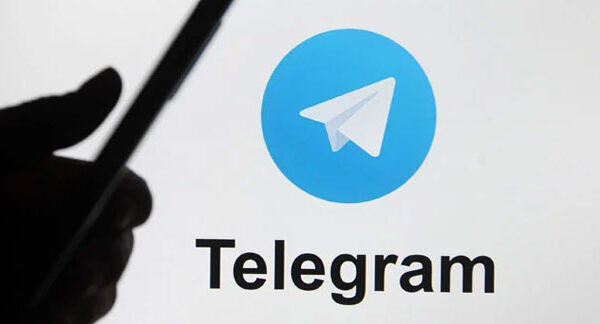Moonshot Reloaded: India’s Chandrayaan-3 Ready for Liftoff
India Launches Chandrayaan-3 Rocket, Aims for Moon Landing on August 23
India achieved a significant milestone on Friday as it successfully launched the Chandrayaan-3 rocket from Sriharikota in Andhra Pradesh. The nation aspires to become the fourth country, following Russia, the United States, and China, to accomplish a controlled landing on the moon.
Television footage captured the impressive sight of the Indian Space Research Organisation’s (ISRO) LVM3 launch rocket soaring into the sky from the country’s primary spaceport, leaving behind a trail of smoke and fire.
The primary objective of the Chandrayaan-3 mission is to deploy a lander and rover near the moon’s south pole, with the target date for the landing set for around August 23.
Once the lander safely reaches the lunar surface, it will undergo operations for approximately one lunar day, equivalent to about 14 Earth days. This mission will mark the first attempt to land in the vicinity of the lunar south pole, a region unexplored by any other space agency thus far.
Chandrayaan-3, meaning “moon vehicle” in Sanskrit, features a 2-meter-tall lander specifically designed to deploy a rover near the lunar south pole. The rover is expected to remain operational for two weeks, during which it will conduct a series of experiments.
During the previous Chandrayaan-2 mission in 2020, India successfully deployed an orbiter, but unfortunately, the lander and rover met with an unfortunate crash near the same region where Chandrayaan-3 is now set to make its touchdown. The forthcoming mission aims to overcome previous challenges and achieve a successful landing.
India’s Chandrayaan-3 project demonstrates the nation’s commitment to space exploration and its desire to expand scientific understanding of the moon. As the launch date approaches, anticipation grows for the groundbreaking mission that could mark a significant leap forward in India’s space exploration endeavors.








